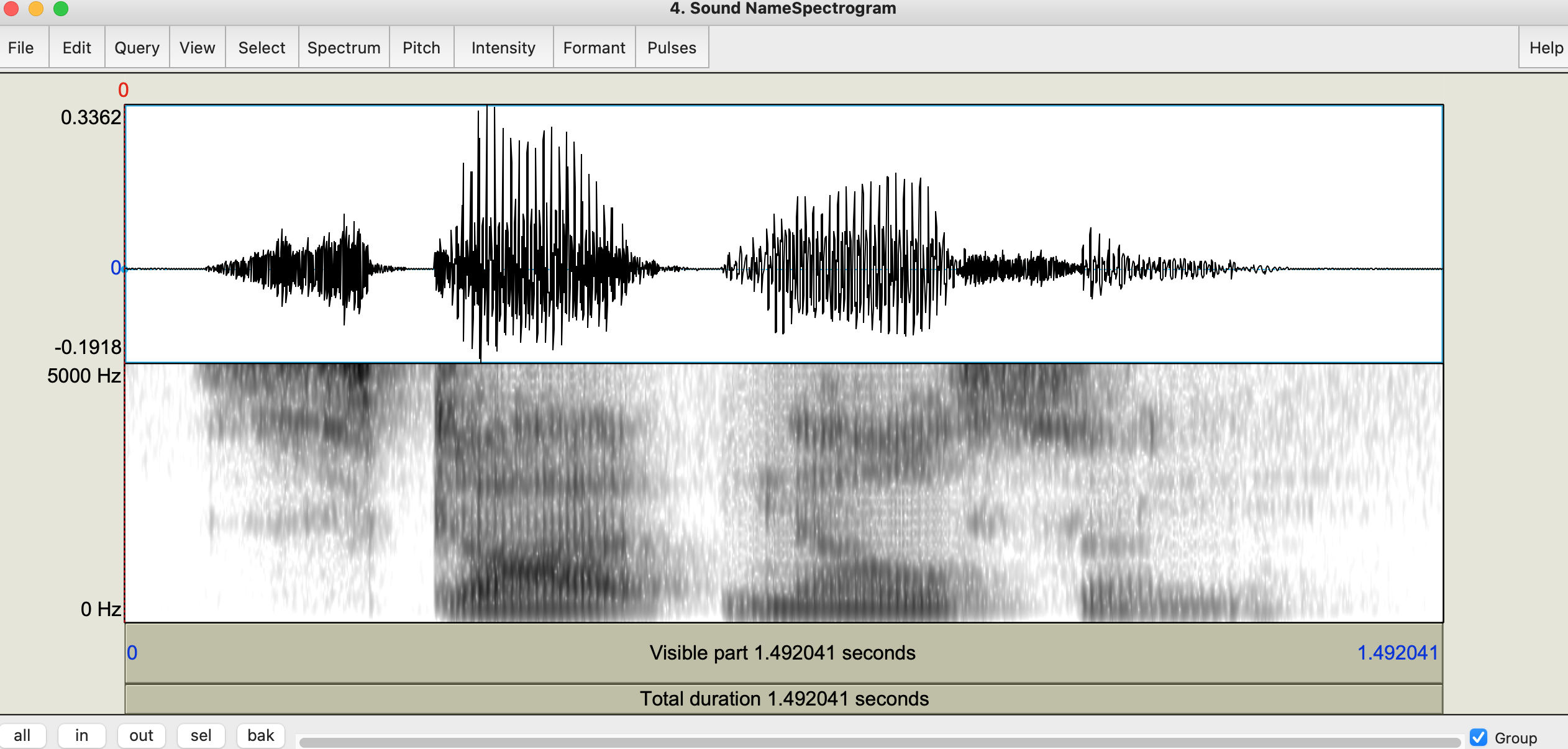Acoustic voice analysis plays a crucial role in the speech-language field as it is used in diagnosing and monitoring voice disorders. The researchers and clinicians have been applying tools such as PRAAT commonly in recent years to decode the speech signals and compute meaningful voice measurements. Yet, as much as PRAAT has power, it is not easy to use even by its users without technical and programming skills.
That is where Phonalyze enters. Phonalyze has an intuitive web-based interface that is clinically oriented (designed with/for laryngologists and SLPs) and deciphers essential PRAAT measurements without the need of the clinician having to interpret the numbers. In this blog, we will discuss the benefits of assessing voice through PRAAT using Phonalyze; for automated voice assessment, statistical accuracy, and a non-technical background enabling all speech-language pathologists (SLPs) to use the program.
What is PRAAT and Why it is important
PRAAT is a free, open-source software developed by Paul Boersma and David Weenink at the University of Amsterdam. It gives them speech analysis, synthesis, and manipulation capabilities. Among the most important PRAAT measurements that take place in the voice industry for professionals are
- Jitter and shimmer (to measure stability of voice)
- Pitch and frequency (to understand pitch variations)
- CPP and CPPS (to determine the quality of voice)
- Harmonics-to-noise ratio (to evaluate breathiness or roughness)

The Problem: PRAAT is Good but Painfully Complex
Although PRAAT is a gold standard in voice quality measurement, it is not developed to suit clinicians. Many SLPs find PRAAT extremely difficult to use due some of the factors below:
- Complicated and technical interface.
- It has to be manually configured on each new analysis.
- Does not have automated visual and clinical clarity of reports.
- No built-in directions on how to analyze the results.
- Takes too long to deal with manual exportation and formatting of results.
Without a statistical or technical background, PRAAT by itself can be a a hindrance to effective voice analysis, which has a direct influence on patient outcomes.
Introducing Phonalyze: Simplifying PRAAT for Clinicians
Phonalyze fills the void between the functionality of PRAAT and the versatile demands of therapists. Phonalyze, created especially with speech-language pathologists in mind, is based on the foundational science underlying PRAAT, but everything is now automatic: no coding, no confusion, and no apps to download for you or your patients.
Simply, with a few clicks, you are able to:
- Capture and analyze a high quality voice sample.
- Automatically extract all the PRAAT-based measures.
- See results in a convenient clinical report.
- Focus on treatment, not spreadsheets.
In brief, Phonalyze makes acoustic voice analysis easily understandable; therefore, it can be used by anyone in the clinic.
Voice Metrics Automatically Analyzed by Phonalyze
Phonalyze is essentially a user-friendly, web-based version of PRAAT (the software of choice by advanced voice professionals) bundled together with the latest in technology that enables automation and ease of use. From selecting voice tasks for your patients, to capturing and analyzing high quality audio, Phonalyze automates the calculation of many important voice measures and analysis including:
🔹 Voice Quality Measures
Phonalyze automates the calculation of CPP, CPPS, and AVQI as part of all voice tasks given to your patients.
🔹 Pitch and Frequency Metrics
Phonalyze stores the base frequency (F0), the extent that your pitch tends to flicker about, and the extent of your pitch range, which can be handy to monitor vocal control, strain, and expressiveness.
🔹 Intensity Analysis
Phonalyze studies your voice intensity throughout the recording and tells you how well the patient is doing managing their volume which is essential to confirming disorders such as hypophonia, or vocal fatigue.
🔹 Jitter and Shimmer
These stability indicators accentuate exactly how steady your voice signal is in both frequency and amplitude. Spike flagging represents possible pathology.
🔹 Harmonicity
Phonalyze also compares ratios of harmonics-to-noise and noise-to-harmonics showing whether a voice is clear or breathy, which is convenient in assessment and treatment.
🔹 Pulses and Period Consistency
Phonalyze can identify tiny tremors or spasms or any irregular vocal activity by locating the frequency of the alternation of the vocal folds.
🔹 Voicing and Breaks
Phonalyze automates the measures for voice breaks and intervals to facilitate detecting muscular straining, weariness, or neurological disorders.
Why Clinicians Prefer Phonalyze Over PRAAT
With Phonalyze, there’s no need for manual analysis or statistical interpretation. It delivers:
- Instant reports that are ready for clinical use.
- Visual representations that make patterns easy to spot.
- Time-saving automation that reduces manual effort.
- Clinically relevant language tailored to SLPs, not researchers.
- Consistent tracking for patient progress over time.
What once took hours using PRAAT now takes minutes—or even seconds—with Phonalyze.
Before and After Phonalyze: A Clinician’s Experience
Imagine the scenario: you have a patient in your clinic and you are ready to analyze their voice, You hit the record button. Once you record their voice, you need to import the audio file into PRAAT, sift through menus, processing, and checkboxes for each individual measure you would like to obtain. Then, cut and paste the raw numbers into a spreadsheet, and make your best efforts to understand what those numbers are saying. It is time-consuming, dirty, and prone to mistakes.
Enter Phonalyze. You still press record, but now instead of having to create polished reports manually, with time and effort, you get a completed report within seconds, where all insights you need are laid out, clearly arranged, and easy to read. There is no infrastructure, there is no worry to interpret statistics, and there is no requirement to undergo a statistics course.

Conclusion: The Phonalyze Simplicity.
When I initially began to use PRAAT during an anatomy lab, the computational science amazed me. Measures such as jitter, shimmer, CPP, and pitch variation became the game changers in terms of diagnosis of voice quality. The only drawback was the required knowledge and training to use it. Due to the complexity of operating a statistical software package, it seemed like more of a hindrance than a solution.
That is where Phonalyze came in. It maintains the same scientific precision but in a very user-friendly web-based platform. Phonalyze enabled me to continue using evidence and data-based measures without being overwhelmed by sophisticated software. Phonalyze is perfect for the busy SLP who needs the measures to assess and track voice quality without the complication of struggling through a statistical analysis program.
